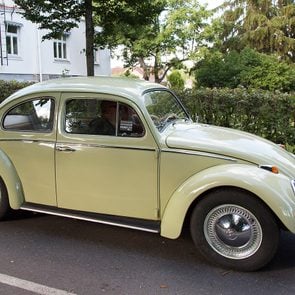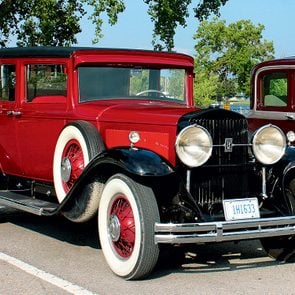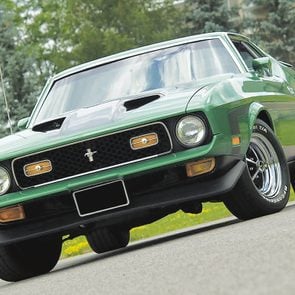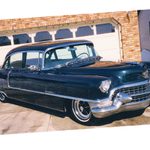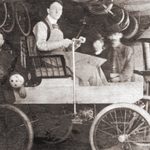Remembering the Classics: My First Car
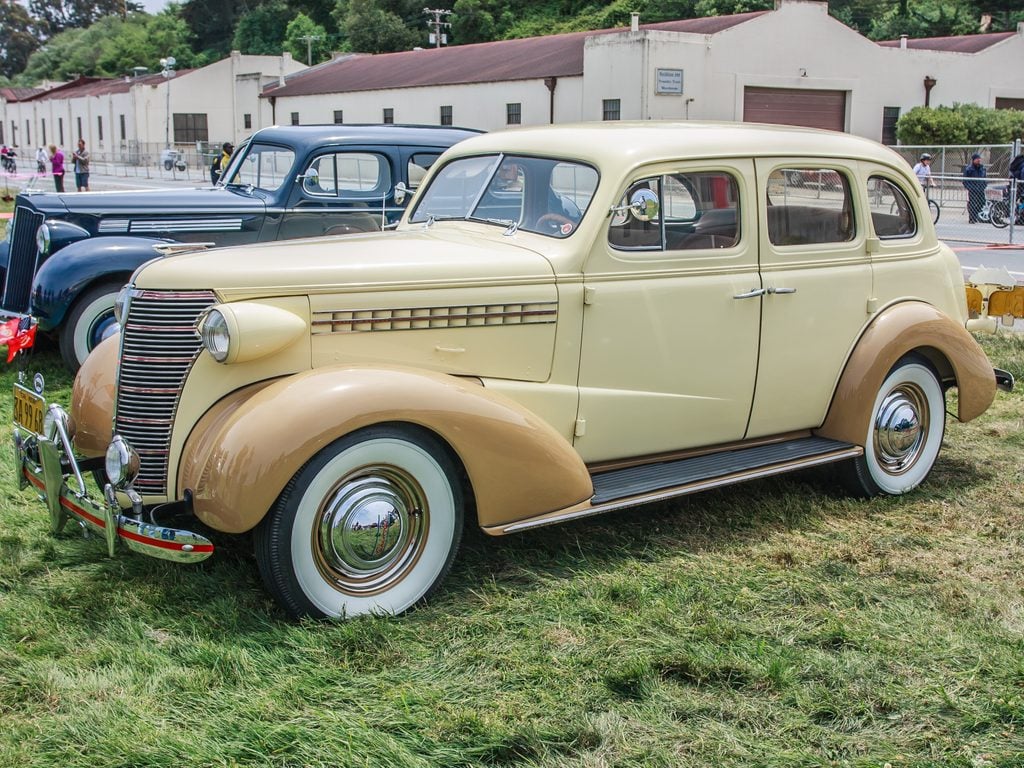
You're always nostalgic about your first car—even if it was a 1938 sedan with a dead battery.
I drove my first car in the early 1950s, when an automatic transmission was something fancied only by lady drivers (of whom I knew very few) and the very rich (of whom I knew none). Seat belts were nonexistent, door buzzers were unheard of and the word “digital” had not yet entered our vocabulary.
Back then, most people could barely afford to own a second-hand car—a term used to describe anything from a two-year-old convertible inherited from your Aunt Bessie to a badly scarred teenaged model waiting for its next accident.
Mine was a recently acquired 1938 sedan, complete with split windshield, undetermined mileage, patched upholstery, a brand-new, brushed-on paint job and great spirit. One day, my wife and I decided to go on a weekend trip. We packed the trunk and piled the back seat with suitcases, packages, laid-out dresses and a cold lunch. But when I turned the key, nothing happened. No sound, no clicking, no engine growl. And when I tried it, no horn. I would have tried the radio, too, but we had no radio.
“Oh no, my battery has died,” I groaned.
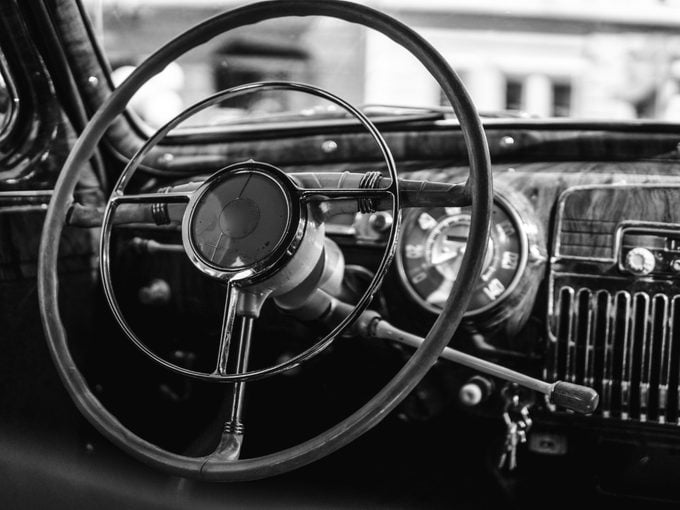
Battery jumper cables had no doubt been invented, but they were unknown to me and to anyone I knew. The popular method to start a car with a dead battery was to push it.
My neighbour, seeing my predicament, came over willingly to help—something you did in those days. We pushed my car onto the road and he positioned his station wagon behind it.
There is a ritual to be followed when your car is being push-started. At the time I was unfamiliar with it, but my neighbour’s instructions were clear: “Leave your window open, turn on your ignition, put your gearshift lever in third, put your foot on the gas and steer straight.” Then he added, with what I thought was a sadistic grin, “Hang on, I’m going to gun you good.”
I did as I was told, gripped the steering wheel in the approved “ten and two” fashion and grimly focused my attention on the road. Except for a few parked cars, the way ahead was clear. Several people stopped their front yard chores and looked expectantly in my direction, waiting for a calamity.
Suddenly, I felt a grating nudge at the rear—bumpers were for bumping back then—and we were moving. Slowly at first, then faster. Because my rear vision was blocked by the suitcases, I could not see my neighbour’s car behind me. But there was no mistaking the surge of power driving me forward. We narrowly missed the first parked vehicle, then swerved towards the second. “You fool,” I muttered, “you’re going to shove me straight into that car.”
My desperate last-second wrenching of the steering wheel averted a disaster, but a high-pitched shriek of scraping metal told me that the success was not entirely complete. The more we accelerated, the more I became unhinged. “The idiot, why is he pushing me so hard?”
The wind whistled, the car creaked—and what was that roaring noise in my ears? “Slow down, you moron, you’ll get us both killed!”
I had visions of smashing through the storefront window of Rupert’s Country Hardware and ending up in the plumbing department, amid busted toilet bowls and scattered customers. In desperation, I aimed for the gate to Farmer Brown’s field and ducked instinctively as the wood splintered and flew in all directions when the car crashed through it. Beyond the gate was a shallow pool, mostly mud. The car skidded and slithered to a stop as the spinning wheels slipped and sank into the muck. I sat there, shaking for several minutes, with my hands still clenched tightly on the steering wheel. When I finally managed to let go, the roaring noise in my ears remained… Until I removed my foot from the gas pedal and the motor slowed to a rough idle.
Next, read the incredible story of how one man missed out on his dream car as a teenager, then found it parked in his driveway 25 years later.
